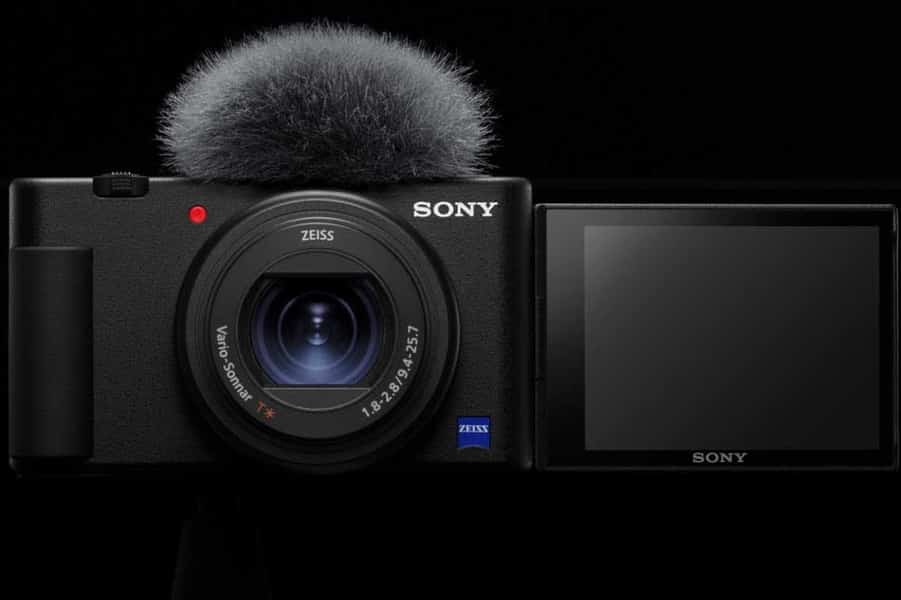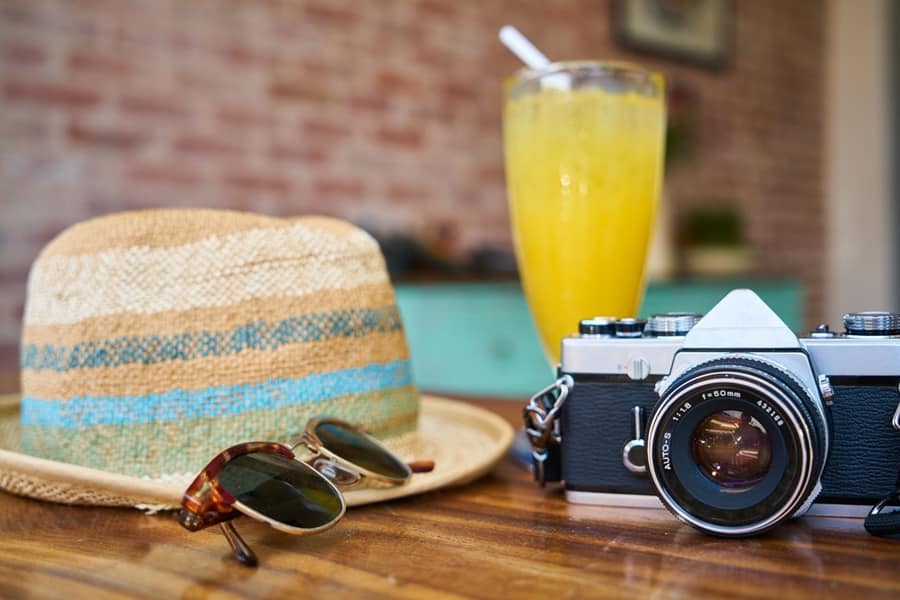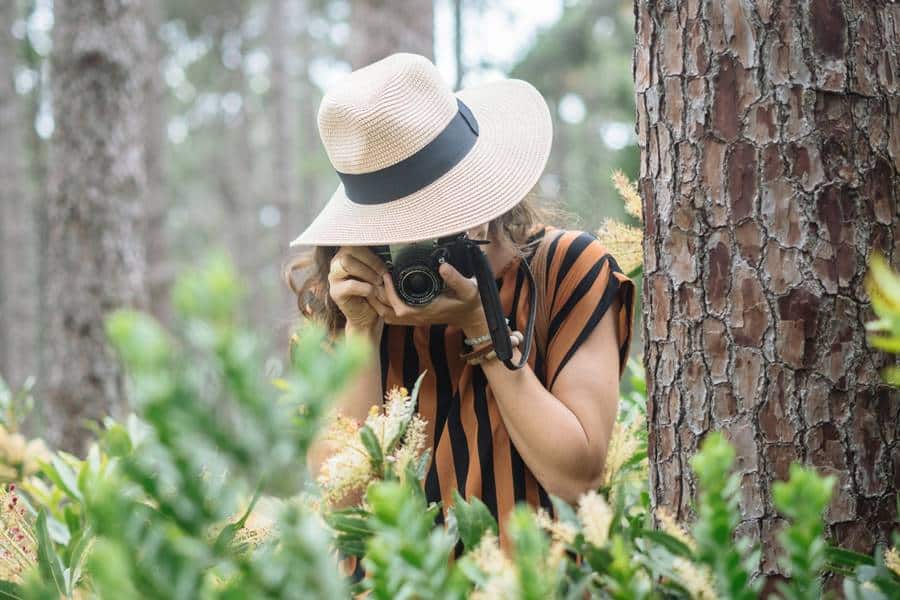There are three main criteria for choosing the best camera for beginners in photography, and we’ll discuss them in this article. Have you heard the saying: “Tell me who your friend is, and I will tell you who you are”? The art of photography has acquired a new meaning: “Tell me what camera you have, and I will tell you who you are.”
There are no right and wrong cameras, good and bad – there are only those that suit you and those that don’t. In this article, I will tell you what types of cameras are, the advantages of each, which camera to choose if you are learning how to shoot, and the three criteria for selecting a camera for a beginner.
1. Tactile Sensations
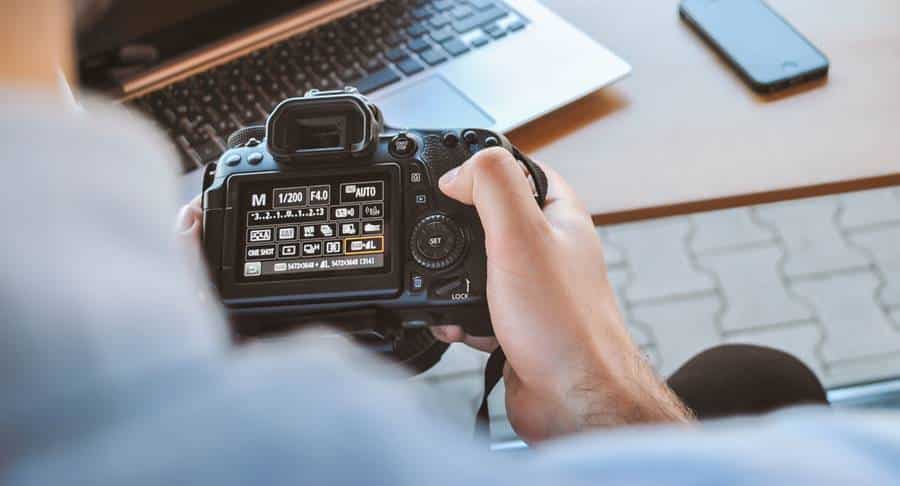
First of all, choose a camera for tactile sensations. If it suits you, if it is pleasant to hold it, and outwardly everything is arranged the way you like and comfortable, then this is your model. Why is it important to enjoy your camera? Because it is like an additional limb that is always with you, and it should be physically pleasant for you to work with that.
2. Budget

If you have a budget, for example, $1500, you must first buy two things: the body of the camera, that is, the body itself, plus at least one lens. It is a minimum purchase. Of course, it is also advisable to buy a tripod.
In a photographic equipment store, you will be “sold” to the so-called “whale” lenses, especially if they understand that you have a small budget and choose a camera for beginners. Do not agree to this purchase because you will throw this lens away in a few weeks.
How do you understand what the essence of a “whale” lens is? It is the most inexpensive and, as a rule, not a particularly low-quality type of lens in the manufacturer’s assortment. It is designed for very non-professional amateur users, and its task is to fill the line with the cheapest product so that against this background, lenses of the average price look cool.
Previously, the “whale” lens replaced a lens with a focal length of 50 mm or so. And now these are the so-called zoom lenses of low magnification: from a moderate television lens to a wide-angle one.
Of course, there are more or less acceptable lenses among the “whale” lenses, such as the FUJIFILM 18-55, but do not concentrate on this if you have the financial opportunity to buy a camera body and a lens separately, and the body is matched to the lens.
You may also like to read: How to Choose A Camera for A High-Quality Photo and Not Go Broke?
3. Sequence
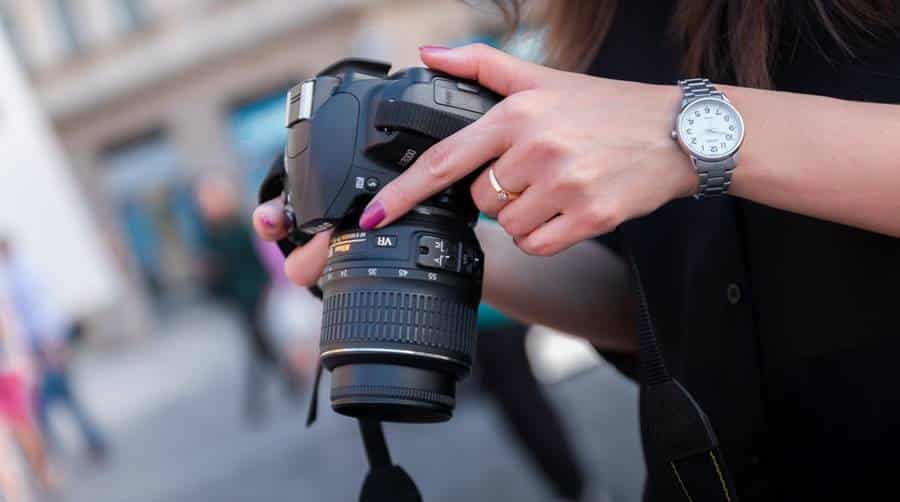
Always match the camera body to the lens. First, buy a lens that suits your needs: product photography, portrait photography, landscape photography, reportage, and more – each type needs its lens.
How to choose a lens? For portraits, a lens from 50 mm and above is more suitable for landscapes – 12-24 mm and anything below 50 mm. The main thing to remember is that the photographer should have at least two lenses for different purposes, such as closer and farther shooting in the distance.
Variable and Fixed Lenses
There are only two of them. The first is cheaper and takes longer to set up; the second is more expensive and immediately tuned perfectly. So, if after the variable you remove once by the fixed one, then you want to discard the variable immediately.
It is essential to foresee because if you change the camera body in 2-3 years, it will simply wear out, then the lens is “eternal.” It would help if you bought it, how to get married or get married – once and for all.
DSLR and Mirrorless Cameras
Today cameras are divided into SLR and mirrorless. Mirrorless cameras shoot at the level of top-end DSLR cameras; moreover, they are much lighter and more compact to use.
When buying a camera for a beginner photographer, pay attention to both types, but if the financial base allows you, choose a mirrorless camera.
FUJIFILM
- A large number of glasses at good prices
- Small in size
- Very good matrix
- Great detail
- The perfect combination of price and quality
SONY
- Expensive high-quality glasses and there are much less of them in quantity
- The combination of price and quality – excellent quality for 3-4 thousand dollars
- Medium size, easy to use
- Excellent matrix
CANON
- The best DSLR cameras
- Huge popularity and good marketing
- The quality of the glasses is not the best
- The picture is better than in other DSLRs, but worse than in NIKON
NIKON
- High quality mirrors
- Popularity is almost on par with CANON, maybe a little less
- Glass quality is above average
- There are a lot of unnecessary options that will never be useful to anyone
- Inconvenient menu and a lot of extra buttons on the case
Continuing the topic of camera options, in good technique, there are only three of them – shutter speed, aperture, and ISO – and nothing else is needed there.
You may also like to read: Digital SLR Cameras – Buying Guide, Rating and Reviews.
What Type of Camera to Choose for Beginners?
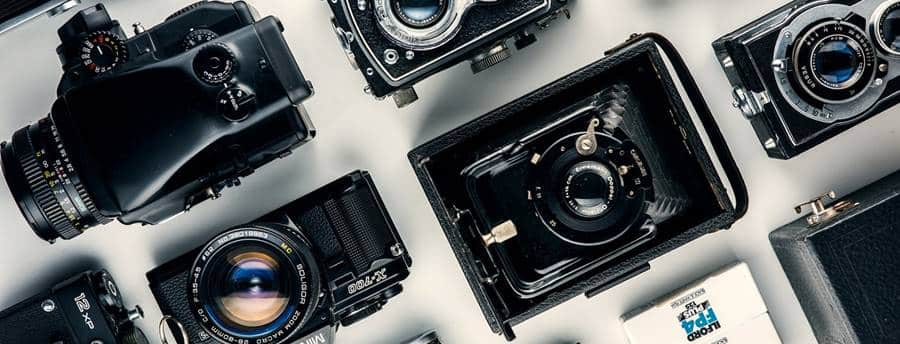
Ideally, for aspiring photographers to buy mirrorless cameras. Between SONY and FUJIFILM, you will most likely choose FUJIFILM based on a more democratic cost.
But if you are still drawn to DSLRs, then take a look at the PENTAX K1 – this is an excellent camera among DSLRs, judging by the tests and Raw files that can be downloaded from the Internet. Here it is also essential that you feel comfortable looking through the viewfinder, where you should see exactly the picture that is pleasing to your eye.
In mirrorless cameras, the viewfinder is better since it is electronic, and in DSLRs, it is the simplest, but it allows you to see the image without delay and in more detail. But the electronic viewfinder display in a mirrorless camera has a slight lag, and image clarity is limited to pixels.
In an SLR camera, light passes through the system and is reflected from the mirror – hence the name, and, passing through the pentaprism, enters the viewfinder, where we see the image. The mirror is translucent, and part of the light passes through, hitting the focus sensors, which help you quickly focus on the desired subject. When we press the shutter button, the mirror rises, the light hits the matrix, and at this moment, we hear the click of the mirror.
In mirrorless cameras, the light immediately passes through the lens system and hits the matrix; that is, the distance is shorter. The manufacturer has removed unnecessary details in the form of a mirror, pentaprism, and focus sensors. Therefore, mirrorless cameras are more reliable, their quality is higher, and they take pictures silently.
Don’t Chase Pixels
It is generally accepted among amateur photographers that image quality depends on the number of megapixels. It is not valid. For standard quality, 9 megapixels are enough for you, and 1 megapixel for social networks.
Of course, if we are talking about how you can crop the excess in the photo without losing quality and have a little, so to speak, “in reserve,” then buy 16-18 megapixels. Just remember that the quality of the picture does not depend on the pixels but the matrix.
The Larger the Matrix, The Better the Shots
The matrix is the essential part of the camera. It receives light after processing by the processor and is recorded on the memory card in the form of a photograph.
The number of megapixels and size characterizes the matrix. Matrices smaller than 35 mm are called crop matrices. 35 mm matrices are made by analogy with film cameras, where 35 mm film size was popular, but, as practice shows, this is not enough.
Professional photographers always choose Full Frame and full-frame sensors, which partially correspond to 35 mm, but are more modern, innovative, and high quality. Beginning photographers who prefer a camera are also advised to pay attention to Full Frame to start learning to shoot with good technology, albeit not the most expensive, but at the same time, professional enough.
The Lens is Characterized by A Focal Length
The focal length is a system of lenses or glass through which light, passing, is refracted and reduced to one focus point. The distance from this point to the lens is called the focal length. In practice, the longer the focal length, the closer the object appears, and vice versa; the shorter the focal length, the wider the angle of view and more surrounding space in the frame.
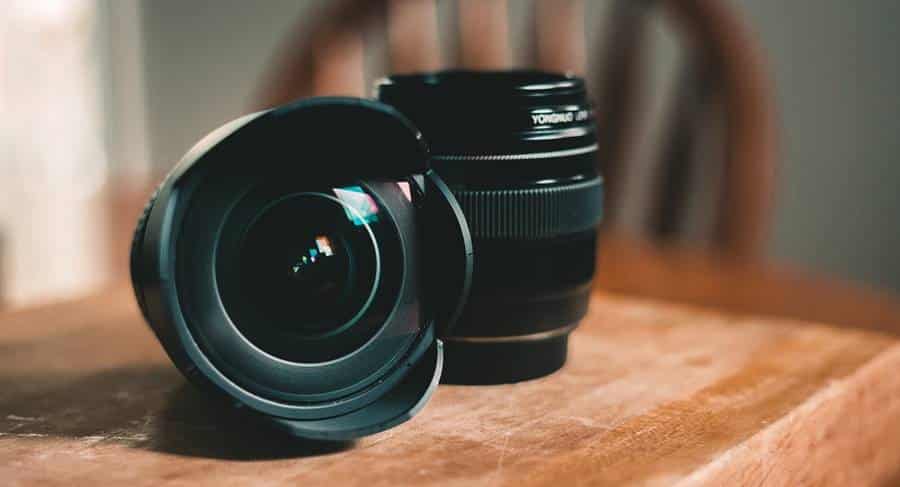
Therefore, short-throw lenses with a wide-angle view are used to shoot architecture, people, and landscapes. And long lenses with a narrow-angle of view are for shooting something far from the photographer, for example, birds or wild animals.
For most cases, three lens focuses are sufficient:
- 30 mm – for landscapes
- 50 mm – for portraits
- Long focus – for photographing from distance.
When buying a camera, beginner photographers are advised to take 2-3 lenses, or one with an extensive range, if possible.
Aperture Adjusts the Lightness of The Photo
The diaphragm is a unique mechanism that adjusts the opening in the lens. It is like a human pupil: when we are in a dark room, the pupil is open, and when we look at a bright light, the pupil narrows to let in less light.
Likewise, the diaphragm controls the transmission of light. If it’s dark, open the aperture, letting in more light onto the matrix. If it is light, then close it slightly.
The aperture is measured in aperture numbers – this is a fraction showing the ratio of the focal length to the opening diameter, where the smallest number is called the aperture ratio and is equal to F1.4. The higher the aperture, the more expensive the camera and the better the photo.
In addition to the illumination, the diaphragm also adjusts the depth of field. If you open it to the maximum, the background will be very beautifully blurred, and vice versa; if you open it to the minimum, the environment will be evident in the photo, and the front will be blurred.
These tips on how to choose the best camera for beginners are the most fundamental. Many of them are used by both amateurs and advanced professionals in photographic art.
You must be the one who is pleasant and comfortable working with your camera so that both you and your customers are satisfied with the photos. Of course, you should not forget that there are no good and bad cameras among the massive number of different brands and generations. Still, for every photographer, his camera is individual, and his favorite brand is the best.
